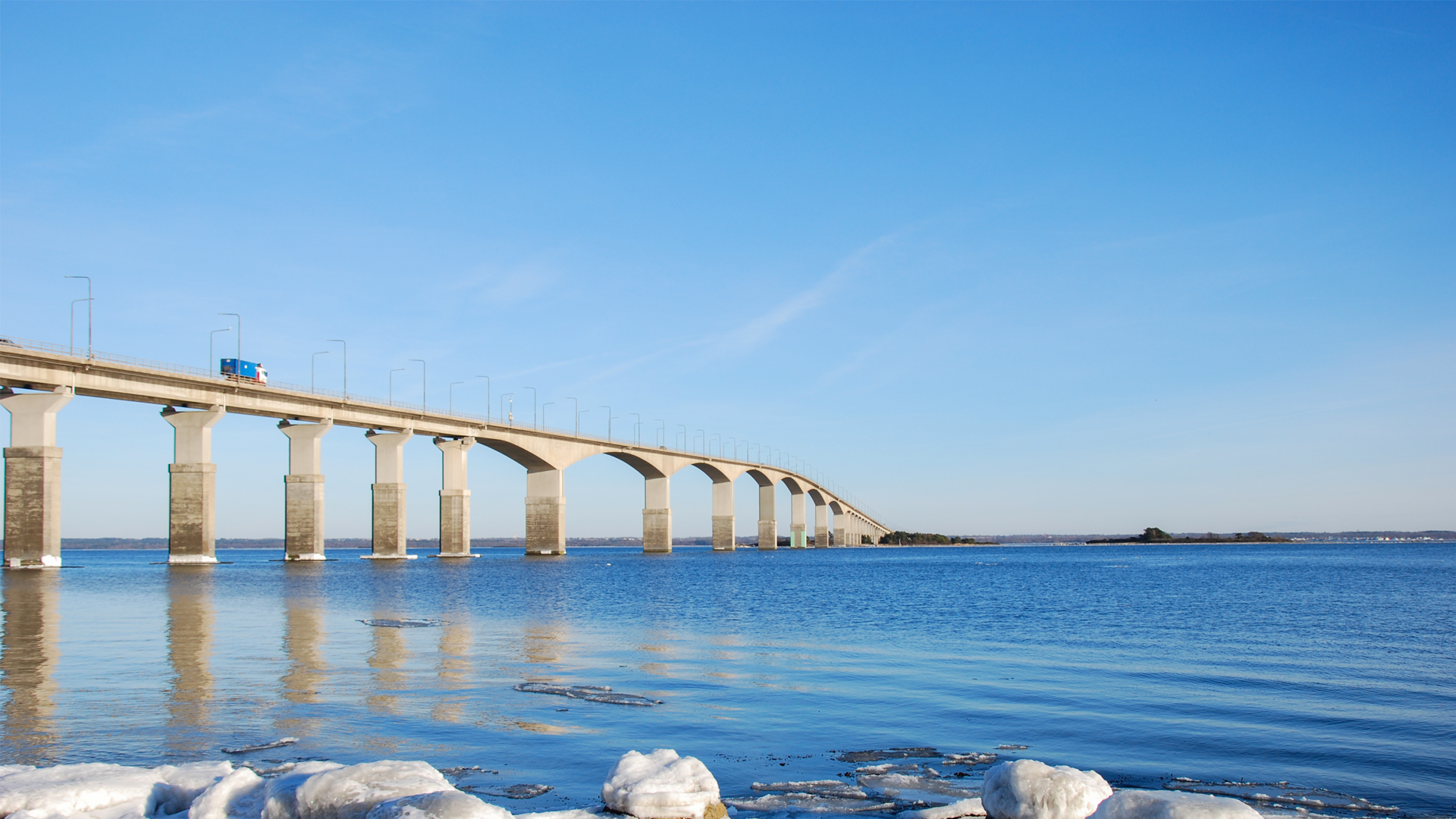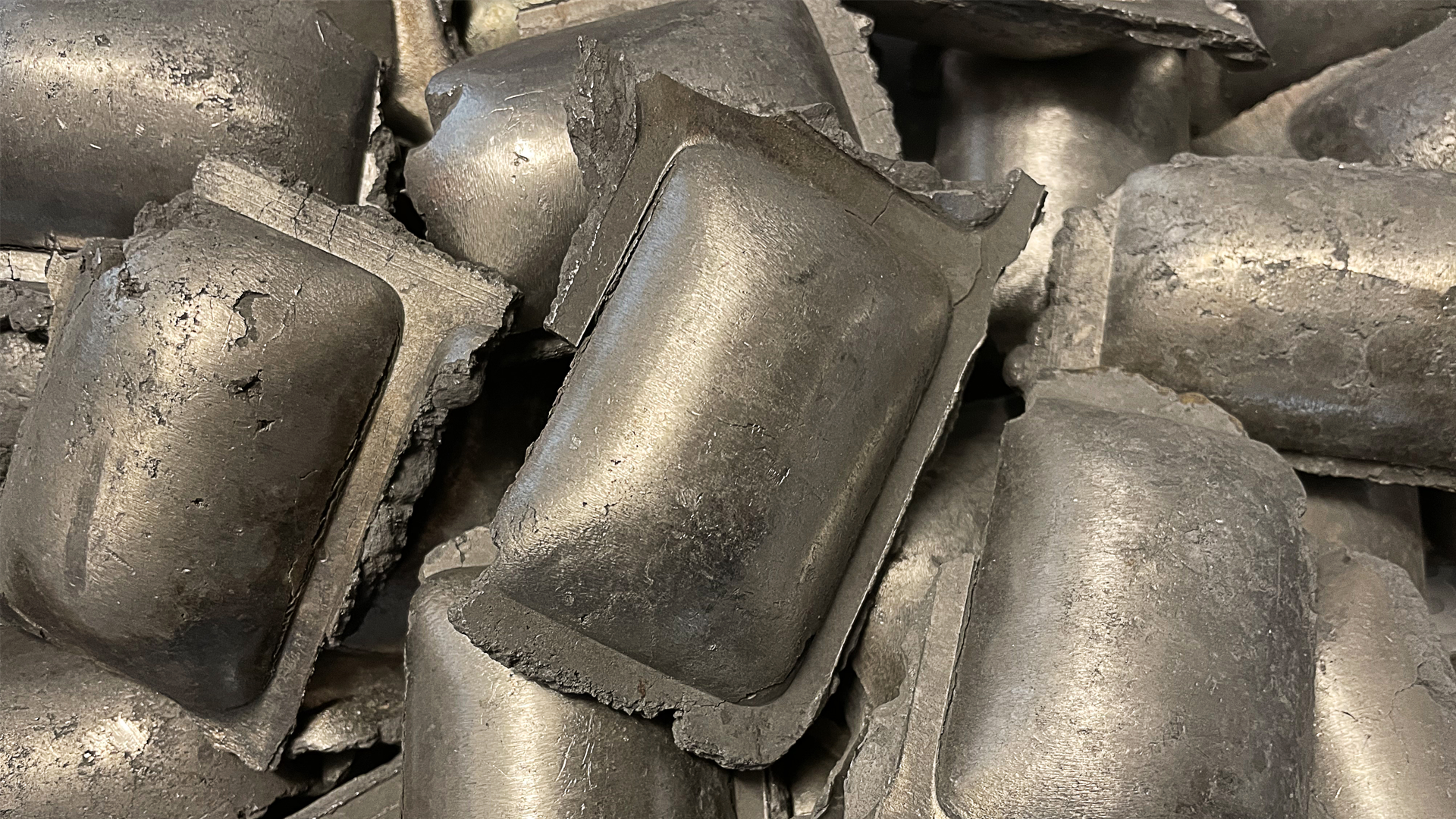What makes HCT sustainable for our future and environment?
What climate targets are there and how will they go together with increased freight transport in the future? There are, of course, multiple aspects to this and one solution points to a clear environmental benefit through the utilisation of high-capacity vehicles, i.e. High Capacity Transport (HCT).
How does the climate targets look like?
Supported by the Paris Agreement, Europe is aiming, through The European Green Deal1, to reduce CO2 emissions by 50-55% from today’s level by 2030, with the long-term goal of achieving zero emissions by 2050. In parallel, the researchers2 estimate that freight transport will increase by 300% from today’s level over the same time period. Since today’s primary modes of freight transport contribute to CO2 emissions, the equation is obviously difficult balance, at least if freight transport continues as it does today.
One political ambition has been to drive development towards zero-emission road transport through electrification, new types of fuels, increasing intermodal transport and smart transport systems. The development of rail and sea transport is also being steered towards zero emissions, and we are seeing that changes are underway in other areas, too. But the changes are moving sluggishly and things are going too slowly to reach the 2030 and 2050 climate targets, which research indicates are absolutely crucial to saving our planet. So while we are developing technologies that will enable zero-emission transport, we must do the best we can with what we know and have at our disposal.
HCT is a solution
HCT is a massive gain for road transport in terms of CO2 reduction – this is a fact. VBG has previously written about the HCT projects we participate in which have shown that, with current vehicle technology, HCT already helps to reduce CO2 by up to ~30%. This is achieved due to the fact that 6 standard rigs can be replaced with 3 HCT rigs, such as DUO-trailer 3. HCT enables more efficient use of our vehicles on the road and reduces CO2 emissions by ~30% per freight tonne and kilometre.
Another challenge from a different perspective is the estimated 300% increase in freight transport. How will all this freight get to recipients in the future? Can we accept that there is no milk on the refrigerator shelves when we go shopping because there were not enough trucks or, more crucially, not enough drivers able to drive the vehicles? HCT enables us to use every driving hour more efficiently since the trucks carry goods every time they are driven.
There is already a major shortage of drivers in the transport industry – how will we cope with a 300% increase in freight transport?
The above challenges cannot be solved by HCT alone; the answer lies in the interaction between different modes of transport and future technology development. But HCT is definitely a significant piece of the puzzle in this complicated equation and a relatively simple thing to start with, since the technology already exists.
HCT rigs can already be seen on Swedish roads as they have been operated in an experimental capacity since 2006 in order to collect information and data. HCT rigs have been used in various areas such as freight transport and timber transport. We have plenty of knowledge today about what is required for this to function optimally.
HCT is sustainable for our future and for the environment.
- https://ec.europa.eu/info/strategy/priorities-2019-2024/european-green-deal_en
- https://sciencebasedtargets.org/
- https://duo2.nu/, https://aeroflex-project.eu/
Read our “5 top tips to become sustainable”.
Recommended reading

Efficiency, Safety, and Sustainable Transport – Top 5 Articles and Insights of 2024

Transport Industry 2024: Great Progress Towards a Sustainable Future

